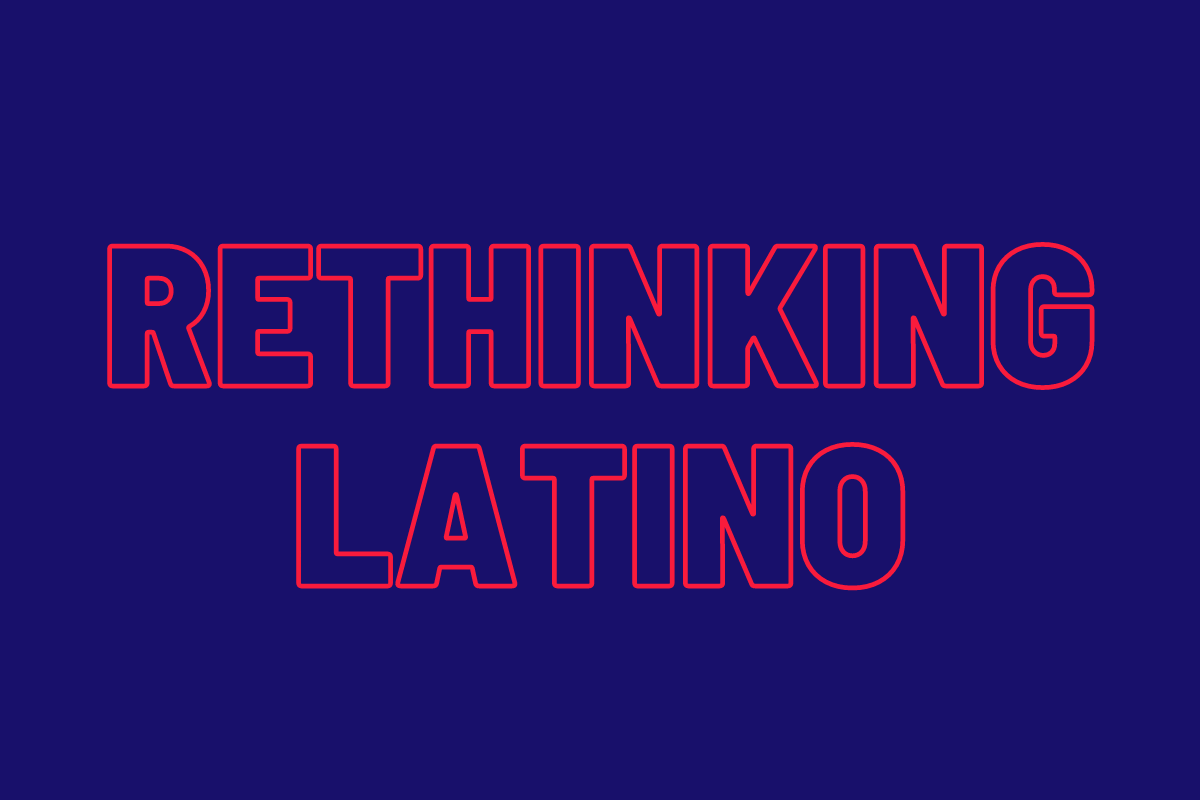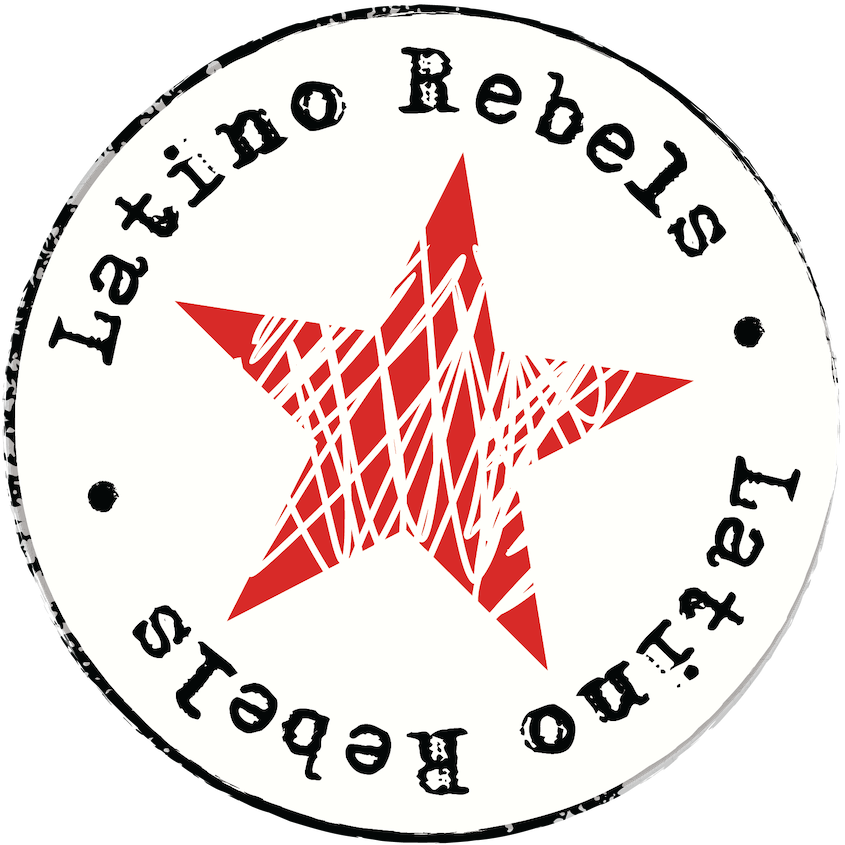

By Gabriel Buelna, Ph.D. and Enrique M. Buelna, Ph.D.
Latinos played a critical role in ousting Donald Trump from office, yet you wouldn’t have known it by looking at post-election autopsies. Despite the fact that a majority of Latinos rejected Trump, the media appeared more interested in playing up divisions among this community. The result was a muddled picture about where Latinos stood on issues ranging from the economy and healthcare to border security and immigration. Why was the messaging about Latino voters so fraught with ambiguity? Part of the reason lies with a lack of understanding about who Latinos are and how to communicate with them.
The pan-ethnic term Latino, and its earlier cousin Hispanic, were not adopted by these communities in any organic way. Hispanic, in particular, was imposed from on high by corporate activists, government bureaucrats and media executives in the 1960s as a means to focus investment funds and to compete with other groups. In other words, the idea was to “develop broad categories,” writes Cristina Mora, and “allow state officials to create laws or programs that cover entire sets of people, thereby streamlining policy making.”
Latino, on the other hand, came about in the 1980s as a response to the term Hispanic, which many attributed to being too closely associated to Spanish history and colonialism. For many, the term Latino spoke to a shared struggle in the Americas, adding to a sense of self-determination and ownership. While imperfect, the term was, at least, in Spanish. And a small, yet significant, victory over the Spain-centered Hispanic. Thus, Latino became grudgingly accepted as the broader pan-ethnic category.
However, the problem remains that few within this diverse set of peoples use either Latino or Hispanic in any significant way. Only in mixed cultural settings will Latinos code switch as a form of respectful acknowledgment of our differences. But in private, they stick to what they know, to what has meaning in their everyday lives. Nobody actually says “Let’s have Latino food for dinner” or “Lets go dance to Hispanic music.” These terms do not represent actual ethnic groups, they are only broad categories.
In study after study, Latinos across generations prefer to self-identify based on their family’s place of origin. In a Pew Research Center survey, among persons that identified as Latino, 50 percent preferred terms relating to country of origin, 23 percent preferred to call themselves American, and another 23 percent preferred the term Latino or Hispanic.
This means that if you are of Dominican descent, you prefer to self-identify as Dominican American. Similarly, if you are of Puerto Rican descent, the first word you use to self-identify is that which represents your culture, and your history—puertorriqueña or puertorriqueño. But affinity toward one’s culture does not mean second-guessing our national identity as Americans. As all immigrant groups to this country have done ad infinitum, they form and reform cultural identities to best fit their realities.
If these pan-ethnic labels were meant to celebrate the melding away of the numerous Latino cultures and identities, then the experiment has not gone so well. If anything, persistent racial animus against specific Latino groups may be contributing to the solidifying of cultural difference and alienation from the larger national culture. A recent study in the Journal of CrossCultural Psychology reveals that media coverage on immigration found that Mexican Americans were particularly prone to respond with indignation at the negative exposure, viewing the media coverage as direct assaults on their culture and communities. This is particularly significant for Mexican Americans who found themselves within the crosshairs of race-baiting by the former president, Donald Trump, and his supporters. According to the study, the messaging was clear and consistent: “Latinos are Mexican, Mexicans are undocumented, and undocumented immigrants are criminals.”
It cannot be overemphasized that certain Latinos were targeted with special vitriol by Trump and his supporters during his tenure in office. No amount of wishful thinking can erase this fact. Beginning in 2015, isolating Mexican Americans and Mexican immigrants as the fall guys proved to be the winning ticket for Trump. He used very specific anti-Mexican tropes (criminals, rapists, drug dealers, internal enemies, untrustworthy, disloyal) to sow doubt and fear among his followers. By most accounts, the strategy worked.
From dismissing thousands of Puerto Rican deaths in the aftermath of Hurricane Maria, to incarcerating thousands of Mexican and Central American migrant children, Trump seemed to control the fanciful narrative that saw him declare that Hispanics loved him. The good Latinos were those that supported him, while the bad Latinos were those he targeted. While Cuban Americans, and some South Americans, strongly identified with Trump and the Republican Party, most Mexican Americans, Puerto Ricans and other groups strongly aligned with the Democratic Party and President Biden. It was this complexity in political alignment that was often lost in translation.
While the media did report on the many indignities and assaults against multiple Latino communities, the result was often incomplete as they failed to parcel out the larger patterns. Latinos were not all experiencing the same fallout from racist attacks. Anti-Mexicanism had in fact reared its ugly head once more. Even if you were not of Mexican descent, brown skin and Latino-sounding names, were enough to target you as the enemy.
The experiences of darker0skinned Latinos have never been the same as those with lighter skin, but under Trump, skin tone got amplified. The charge of looking Mexican could find you the target of public scorn or the subject of law enforcement investigation almost anywhere across the county. Darker skin was “exploited as a visual proof of a parasitic invasion of the country,” wrote Brian Levin, director of the Center for the Study of Hate and Extremism back in 2018. Though Latinos have long dealt with the consequences of racial exploitation, the media failed to make these connections, or to paint a picture of a more complex reality that is life for American Latinos. The result was that the opinions of this population, complex as they are, appeared to be muddled and inconsistent.
It’s time to rethink Latino. This sentiment was shared most recently by Isvett Verde, who is Cuban American, in a New York Times editorial describing Latino voter turnout in the presidential election. “The reason the Latino vote befuddles,” Verde explained, “is because it doesn’t exist, nor do Latino issues. If we want to understand how Latinos vote, we should start by retiring the word Latino entirely—and maybe Hispanic, too.” Cristina Beltran, author of The Trouble with Unity: Latino Politics and the Creation of Identity shared similar thoughts when she explained that “This election revealed, yet again, that Latinos are a diverse population – not just demographically, but ideologically. When it comes to politics, there is no “Latino community.”
How, then, should we approach the term Latino? In a word—sparingly. Its use as an attempt to reflect the totality of this diverse mix of people is a shortcut with limited meaning. The term will continue to live on, no doubt, but so will the identities that each group recognizes as their cultural inheritance—Dominicans, Mexicans/Chicanos, Salvadorans, Puerto Ricans, and so on. As much as some —from academia to business boardrooms— might want to wash over the complexity of Latino identities, in effect, making them disappear, this will not work. Geography and history won’t let it happen.
In a recent interview by the Mexican American Hip Hop group DeCalifornia, one of the lead rappers El Chueko stated, “I don’t care how you label me, LatinX or this other stuff you want to call me, I’m Mexican, and you have to give me respect for that. The border crossed us. I just happened to be born on this side…”
With over forty million views on their YouTube Channel (eight million views alone for their hit song Ariba Mexico), DeCalifornia taps into a distinctive Chicano character. Other American Latino groups are expressing similar pride in cultural roots and identity.
Generic outreach efforts by media outlets, government agencies, and political campaigns that fail to take into account local histories and cultures run the risk of generating lackluster enthusiasm by these communities. Organizers, community leaders, and national organizations need to acknowledge and honor the differences among these groups—as they really exist. Varied cultures, languages, and regional histories must be taken into account as we begin to plan for the next series of challenges posed by the Trumpian movement.
***
Gabriel Buelna, Ph.D., holds a doctorate in political science from the Claremont School of Politics and Economics, is a faculty member in Chicana/o Studies at Cal State Northridge, and a Trustee at the Los Angeles Community College District. Watch his YouTube Channel BuelnaNews and Subscribe or email him at gbuelna@sbcglobal.net. He is based out of Los Angeles and can be followed on Twitter @Gabriel_Buelna.
Enrique M. Buelna, Ph.D., holds a doctorate in history from the University of California, Irvine, is a faculty member in the Department of History at Cabrillo College and is the author of Chicano Communists and the Struggle for Social Justice (2019), University of Arizona Press. He can be reached at enbuelna@cabrillo.edu.



Totally agree that Latino, Latinx, doesn’t capture how we see ourselves and that there isn’t one Latinx community…HOWEVER, there is a united front AGAINST Latino/Latinx/Hispanic. The oppression is unified AGAINST all of us no matter how we identify. The more we break into our distinct separations, the LESS power we have to protect ourselves and counter oppression.
Your title doesn’t use Latinx and so I can’t read it because I’m WOKE AF and only use Latinx. Your lack of wokeness is disturbing. #sarcasm
[…] I don’t think that the authors of the opinion piece “Rethinking Latino,” Dr. Gabriel Buelna and Enrique Buelna, make a strong enough case for me to let it go or […]